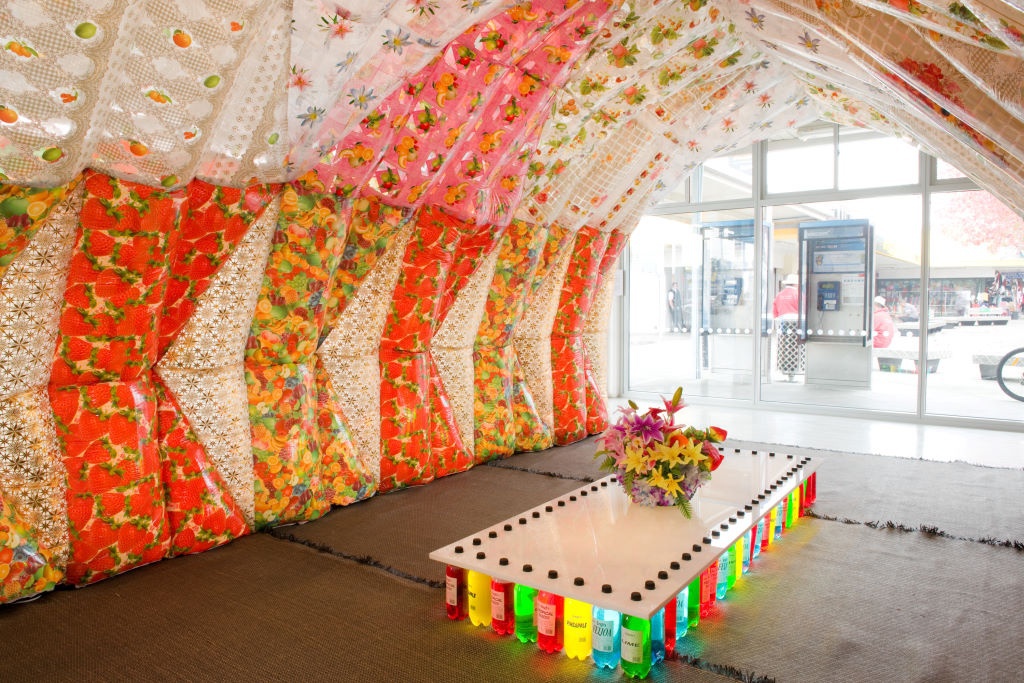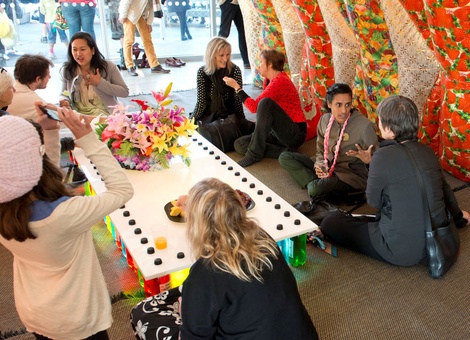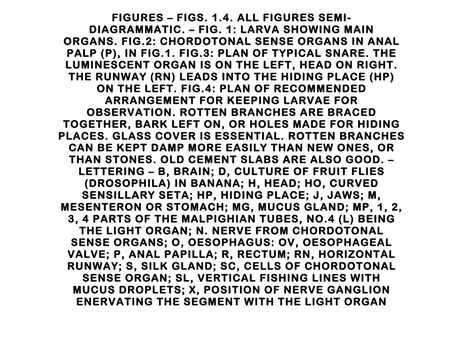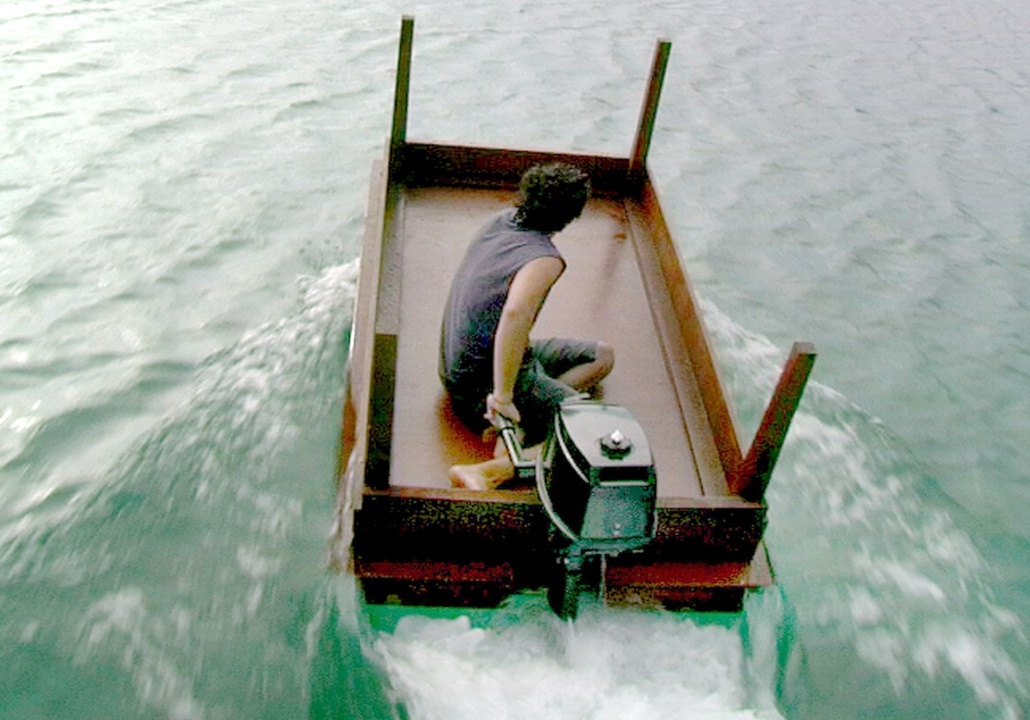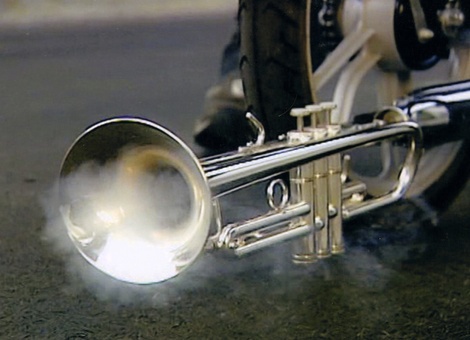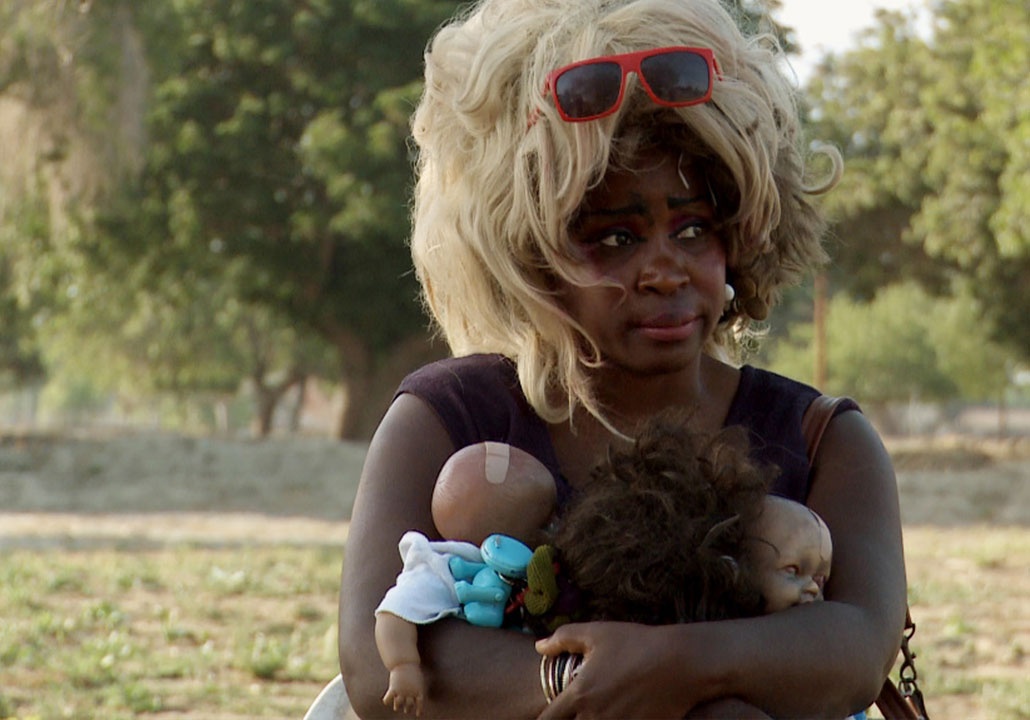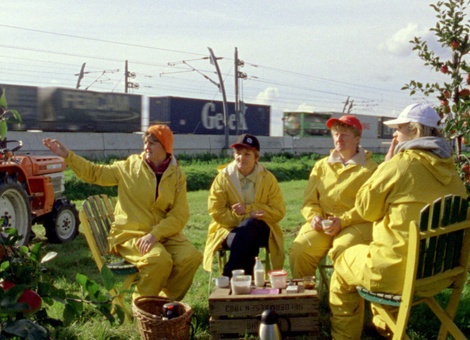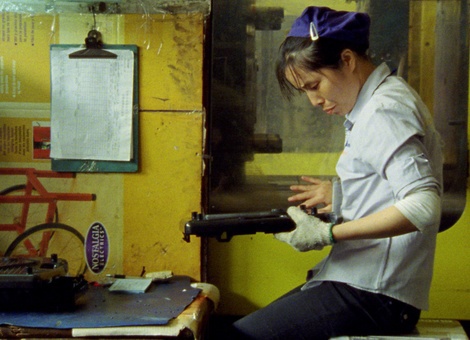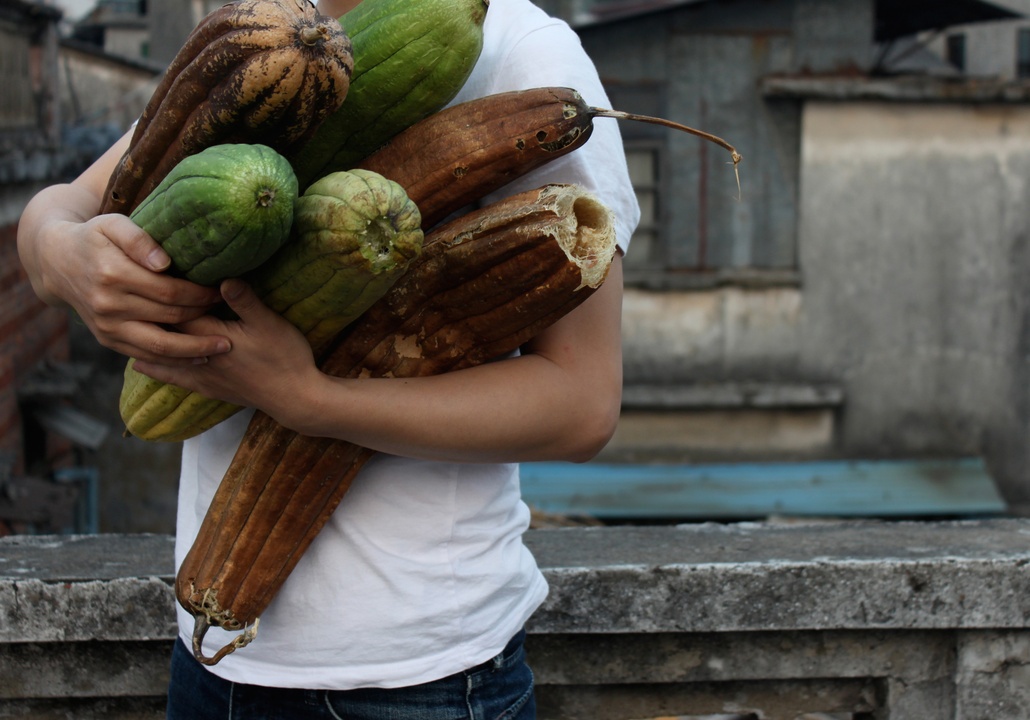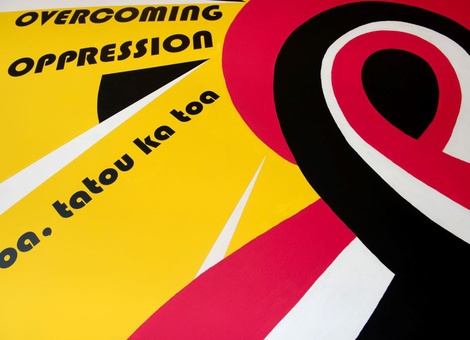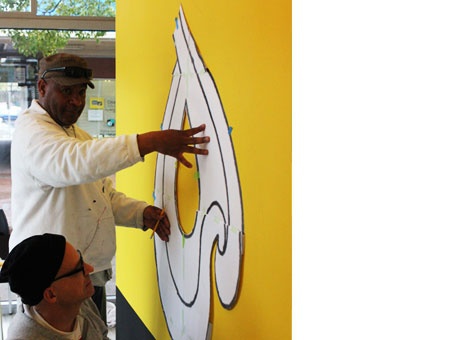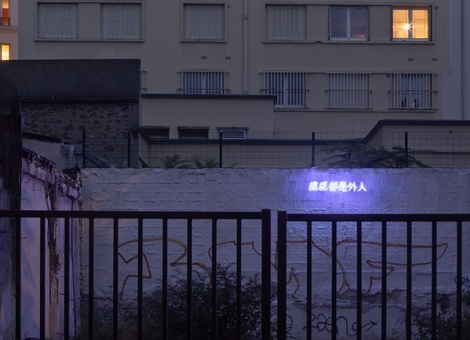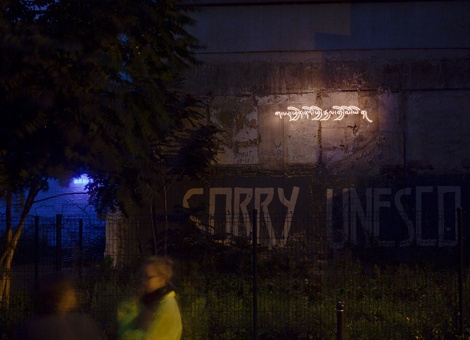Ou Ning
Venue
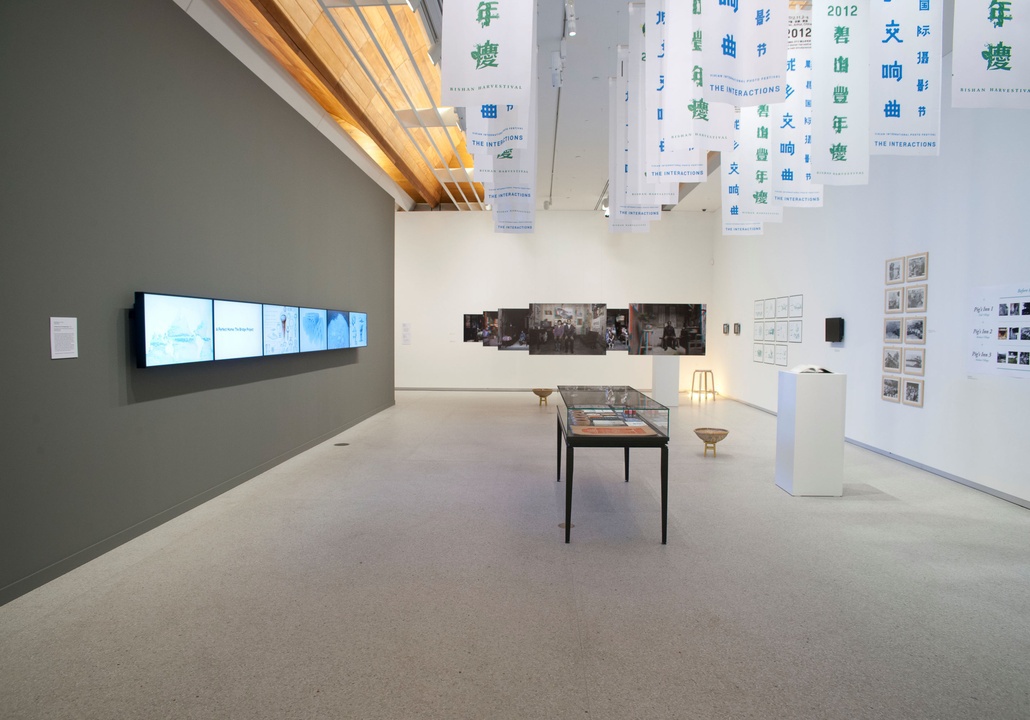
Bishan Commune,2013
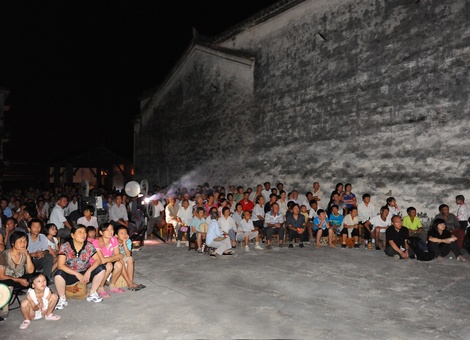
Outdoor film screening, Bishan Harvestival, 2011

Ou Ning: Bishan Commune: How to Start Your Own Utopia
Born 1969, Zhangjian, Guangdong, China
Lives and works in Beijing, China
Ou Ning is a graphic designer, editor, curator, filmmaker, writer and lecturer and founder of U-thèque, an independent film and video organisation. He is the founder of the Bishan Commune which brings together artists and intellectuals to get involved in the rural reconstruction movement in China. In 2011 the Commune held its first Harvest Festival in the rural settlement of Bishan. This incorporates music, dance, a small documentary festival and academic panels on rural reconstruction with local and international intellectual speakers.
http://www.alternativearchive.com/ouning/
Selected exhibitions and events:
Museu de Arte Contemporânea da Universidade de São Paulo, 2011; Videotage, Hong Kong, 2011; Tirana Biennial, 2009; Berkeley Art Museum and Pacific Film Archive, 2008; Smithsonian Institution, Washington, 2008; Victoria & Albert Museum, London, 2008; Contemporary Art Centre, Vilnius, 2007; Yokohama International Media Art Festival, 2009; 22nd Milan, Asian, African and Latin American Film Festival, 2012.
‘... Ou Ning and his ‘communards’ are looking to create an alternative social entity...’
Hou Hanru, Curator, 5th Auckland Triennial
Bishan Project
2013
Auckland Art Gallerysketchbooks, drawings, magazines, archival material, photographs, video, mixed media objects
dimensions variable
courtesy of the artist
